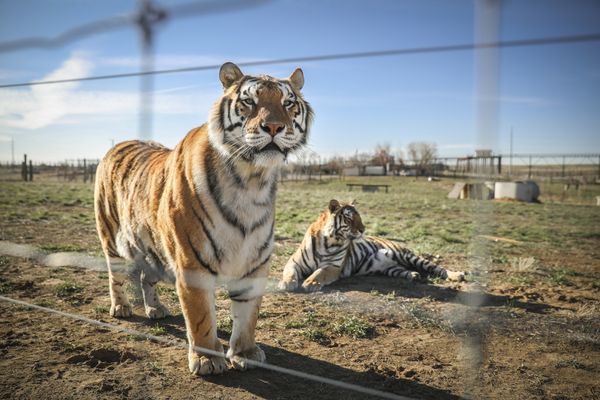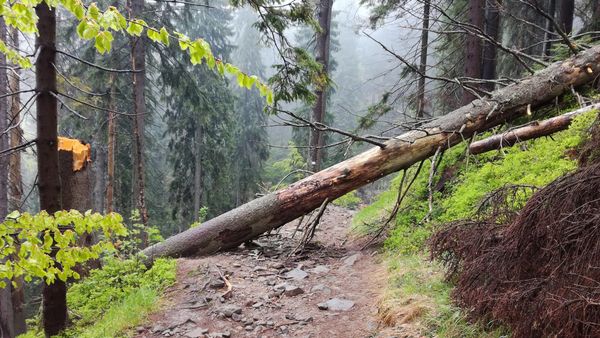
We’ve only been driving for a few minutes and already our passenger – a wood mouse – is restless. We caught it in the cupboard under the stairs this morning, lured into a humane trap with peanut butter bait. Wood mice seem to find this irresistible, and five have succumbed to its aroma this year; we’re hoping this might be the last for a while. They don’t often find their way indoors, and we could release it back into the garden, but there’s always the possibility that this one could have developed a taste for home comforts and might find its way inside again. So we are on an errand of mercy, planning to release it into a hedgerow.
The garden wood mice live in log piles or in tunnels under old decaying tree roots. They are crepuscular foragers, and we don’t often see them during daylight hours in spring and summer – just occasional fleeting shadows, dashing for cover. In autumn, they have an insatiable appetite for caching a winter store of hazelnuts and, when those run out, raiding the bird-feeding table during the coldest, darkest months. They are part of the garden food web, and their large ears and prominent eyes are alert for tawny owls that sometimes perch in our neighbour’s hawthorn, swooping down when they emerge from their tunnels at twilight.
We park in a layby beside a hedge and take a good look at our captive before we set it free. It seems crestfallen and fearful. “Wee, sleekit, cowrin, tim’rous beastie / O, what a panic’s in thy breastie!” wrote Robert Burns in his poem To a Mouse, on Turning Her Up in Her Nest With the Plough. The panic in this rodent’s breast is a resting heart rate that’s 10 times faster than ours, higher still in these stressful circumstances. It has a metabolism to match and needs to feed.
We lower the trap on the grassy verge and open the door. It sits on its haunches, whiskers twitching, sniffing the air, squinting, dazzled by sunlight. Then it’s gone, kangarooing on outsized hind feet, disappearing among the dog’s mercury and lesser celandines at the bottom of the hedge.
• Under the Changing Skies: The Best of the Guardian’s Country Diary, 2018-2024 is published by Guardian Faber; order at guardianbookshop.com and get a 15% discount







